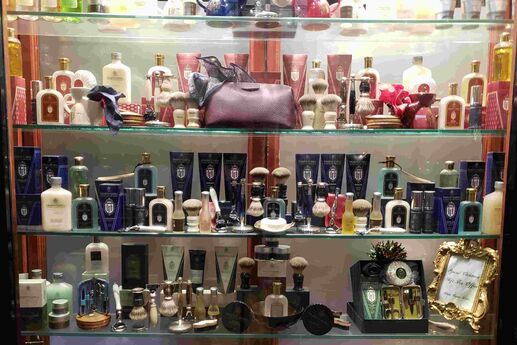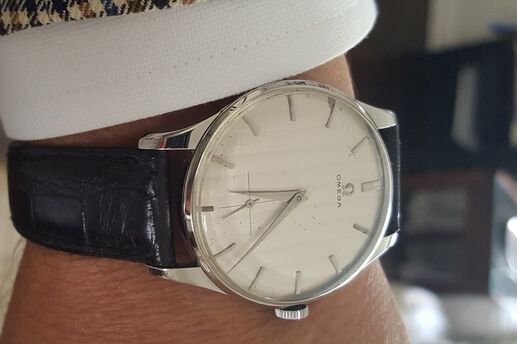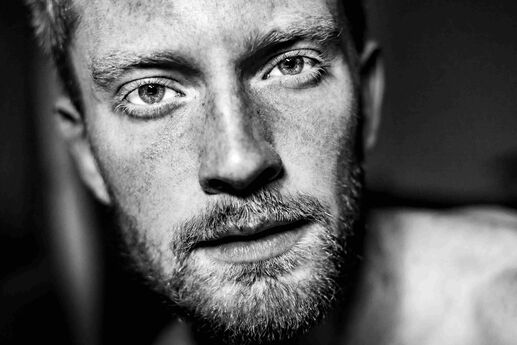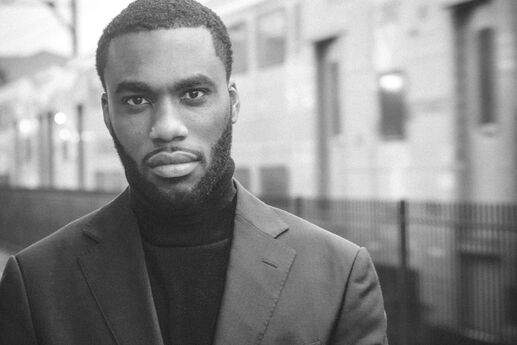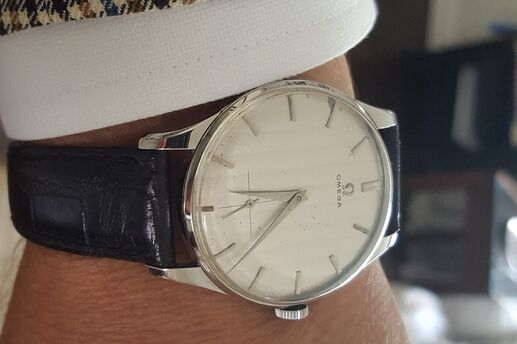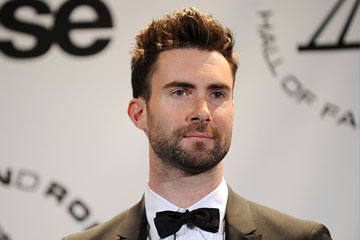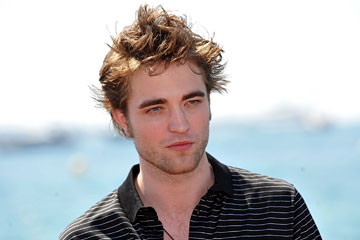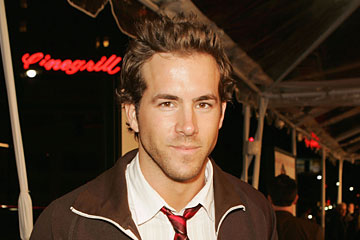Get a Barbershop Shave at Home -- for Less
Master barbers tend to use the word “process” to describe shaving, and there’s a reason. Take the typical 30-minute shave at Manhattan barbershop BBRAXTON: Executive director, general manager and master barber Gary Clark reclines clients to a 90-degree angle, smoothes on pre-shave oil, allows it time to soak in, massages in shaving cream, lays down a hot towel (fresh from the hot towel kiln, no less), shaves the client, lays down another hot towel and tops it off with shave balm for the finishing touch. The actual shave almost gets lost amid all the other steps.
Although this might be the best way to treat your face -- resulting in a super-clean shave and protected skin, not to mention stress release -- we’re going to assume you don’t have the luxury to hire someone to do this every time you want a bare face, or have the time or money to do it yourself. But, Clark reveals, it is possible to cut the 30-minute process in half, do it at home with inexpensive products and get incredibly similar results. Here’s how.
1. Raid your kitchen cabinet.
According to Clark, olive oil or grape-seed oil are perfectly acceptable pre-shave oils. “All-natural products are great,” he says. “Shaving is pretty harsh on the skin, but they keep the moisture locked in.”
2. Shave in the shower.
“Make sure it’s a steamy hot shower,” says Adam Ramos, a master barber and owner of Virile Barber & Shop in New Jersey. “One of the key components to a quality, comfortable shave is heat and moisture.”
For men with curly hair -- in other words, those prone to razor bumps -- Clark recommends applying moist hot towels for one-and-a-half to two minutes before and after shaving, even if you’re already in a steamy shower. “The vapor brings up any impurities and toxins and softens the hair follicle tremendously for a smoother, cleaner shave.” Install a fogless mirror in the shower and you’ll be sure not to miss a spot.
3. Forget the expensive badger hair brush; your hands will do just fine.
Says Ramos: “The purpose of the brush is to lift the hairs on your face and make sure the shaving cream really gets underneath and keeps those hairs propped up. Then the blade can get under them and shave as close to the skin as possible.”
Traditionally, barbers will heat up a disk of glycerin soap, place it on a scuttle or inside a shaving mug, run the brush under warm water and mix it with the soap (or with fancy concentrated shaving cream) to concoct the lather they desire. That translates to an extra 10-15 minutes of time before you can actually shave, plus the price of all the supplies.
Luckily, says Ramos, “Your fingers are just as good, so long as you’re really massaging it in.” Rub the shaving cream in vigorously, using circular motions to make sure you get in under the hairs.
4. Apply an inexpensive aftershave balm.
According to Clark, inexpensive aftershave balms can be as effective as their pricier brethren. In a pinch, even a splash of cold water will do the trick.
Follow these four simple steps and you’ll walk out the door looking like you just left the shaving salon.


